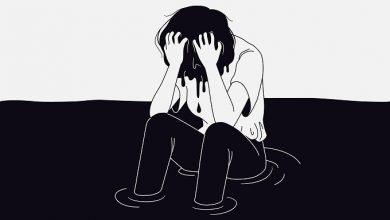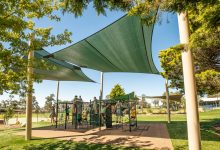Teacher union slams funding inequality in latest OECD Report
The latest OECD report on worldwide education indicators has confirmed that public investment into Australia’s public education system is below the OECD average.

According to the Education at a Glance report, Australia boasts the highest rates of return on investment in the OECD in terms of increased lifetime earnings, increased taxation revenues and lower social costs.
However, public investment is well below the OECD average, with Australia being 19th out of 37 countries and well below the OECD funding average per student. At the same time, Australia has the third-highest level of private expenditure on education, more than 2.6 times the OECD average, notes the Australian Education Union.
According to the report:
- Australia spends significantly less per student in public education institutions than the US, UK, Canada and the EU.
- Australia has the third lowest level of public investment as a percentage of total education educational expenditure in the OECD, behind only Columbia and Turkey.
- Australia has the third highest level of private expenditure on educational institutions, behind the US and UK, at $US4,505 per student. This is more than 2.6 times the OECD average.
- Australia is fourth-last in the OECD when it comes to vocational education spending per student, above only the Russian Federation, Mexico, Lithuania and Turkey.
- Australia spends on average 36% less per student in vocational education than the OECD average.
- Australia has by far the highest return per public dollar invested in upper secondary education, with $US4.90 return per dollar invested for men (more than double the OECD average of $US2.20) and $US1.90 return per dollar invested for women (above the OECD average of $US1.40).
- Completing upper secondary study in Australia can mean an additional $US252,000 in post-tax lifetime income for men and $US173,900 for women
AEU Federal President Correna Haythorpe said that the report provided further evidence of the inequity in education funding in Australia, inequity which has a deep impact on preschools, schools and TAFE.
“The Education at a Glance report confirms what we know about the national economic and lifelong personal benefits of fully funding public education in terms of increased earnings for workers, increased tax revenues and lower social costs for governments,” Ms Haythorpe said.
“The report also confirms that Australia continues to fall behind its OECD peers when it comes to investment into public education.
“This is a clear demonstration of the inequity in education funding in Australia. Under the Morrison Government, Australia currently languishes behind most other wealthy countries in terms of expenditure on public education, at a time when investment into education should be a crucial source of economic stimulus,” Ms Haythorpe said.
“A significant commonwealth investment into a public school capital works program is one of the most effective ways that the Morrison Government could provide substantial stimulus across a number of sectors,” Ms Haythorpe said.
“Additional funding to bring public schools up to 100% of the Schooling Resource Standard is essential in providing additional teachers, support staff,and learning programs for students.”
“Public education is the bedrock on which we can build Australia’s economic recovery to secure a better future for all Australians,” Ms Haythorpe said.
“The Morrison Government must prioritise public education in the Federal Budget 20-21 to help lift Australia out of its post-COVID recessionand ensure that every child has access to a high quality education ,” Ms Haythorpe said.







